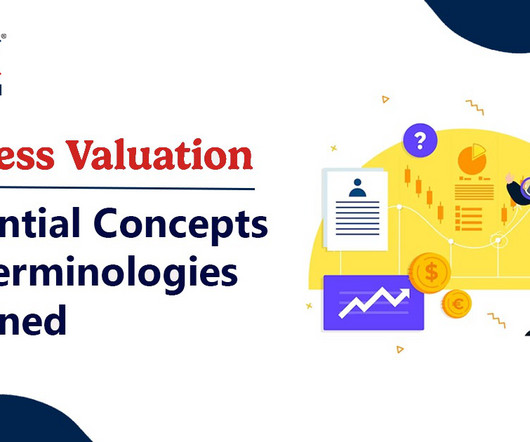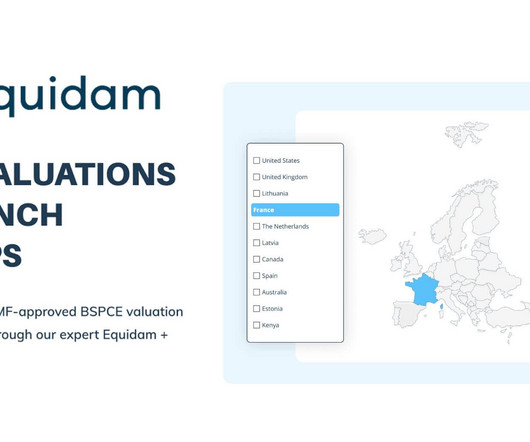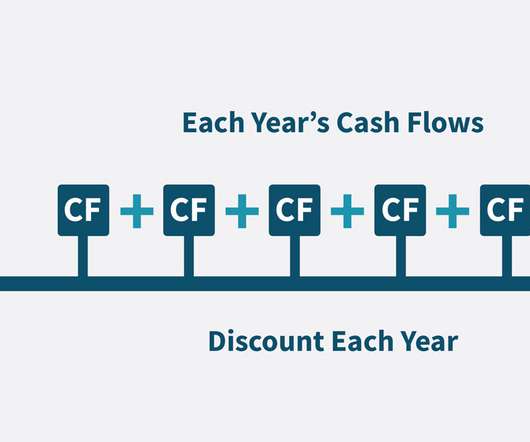Which Rule of Thumb Business Valuation is the Best One?
Equilest
DECEMBER 7, 2024
Multiple of EBITDA EBITDA (Earnings Before Interest, Taxes, Depreciation, and Amortization) is often used as a proxy for cash flow. Businesses might be valued at 3-6 times their EBITDA, depending on the industry and growth prospects.This method is popular because it focuses on the company's operational performance.






















Let's personalize your content